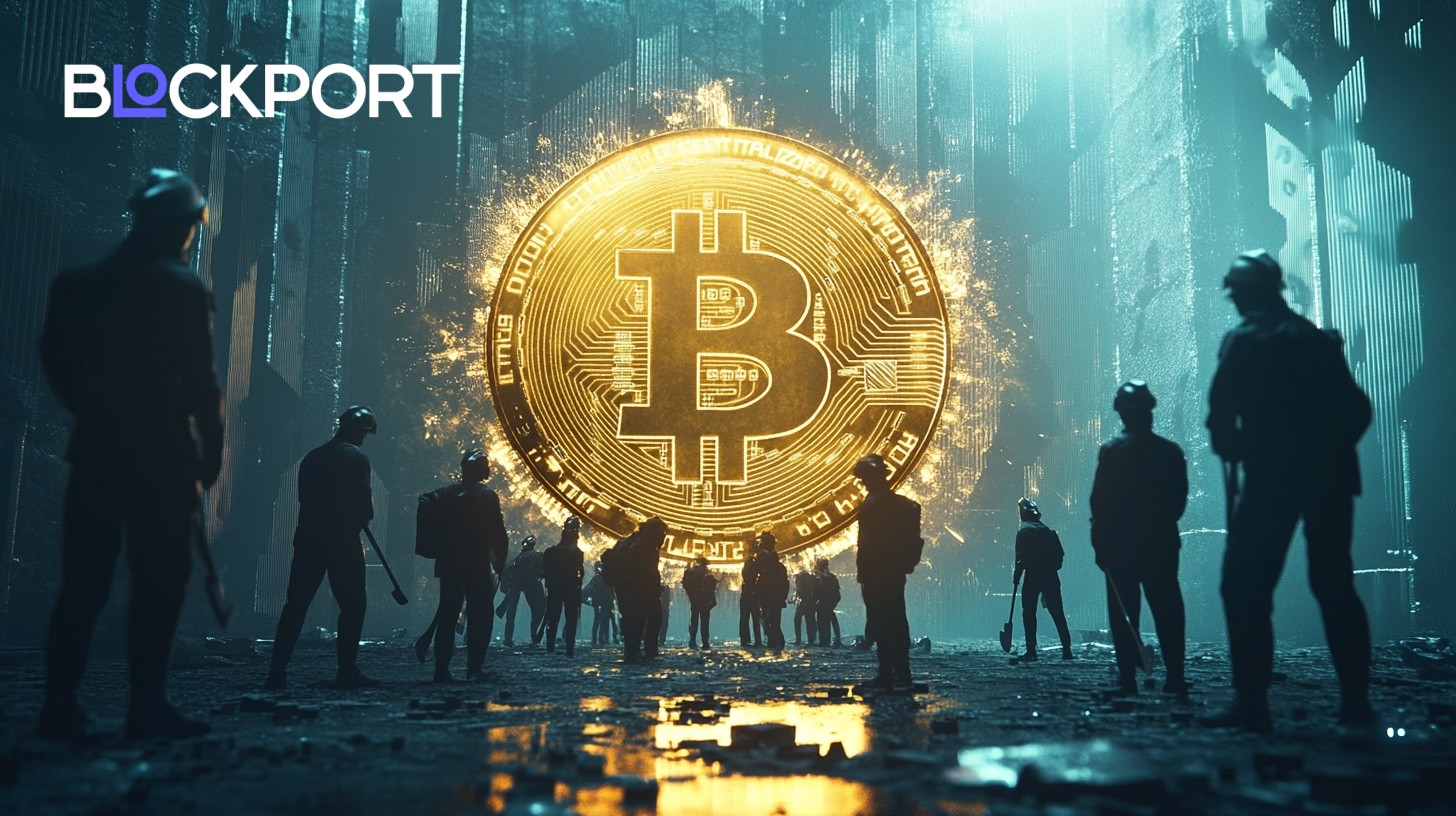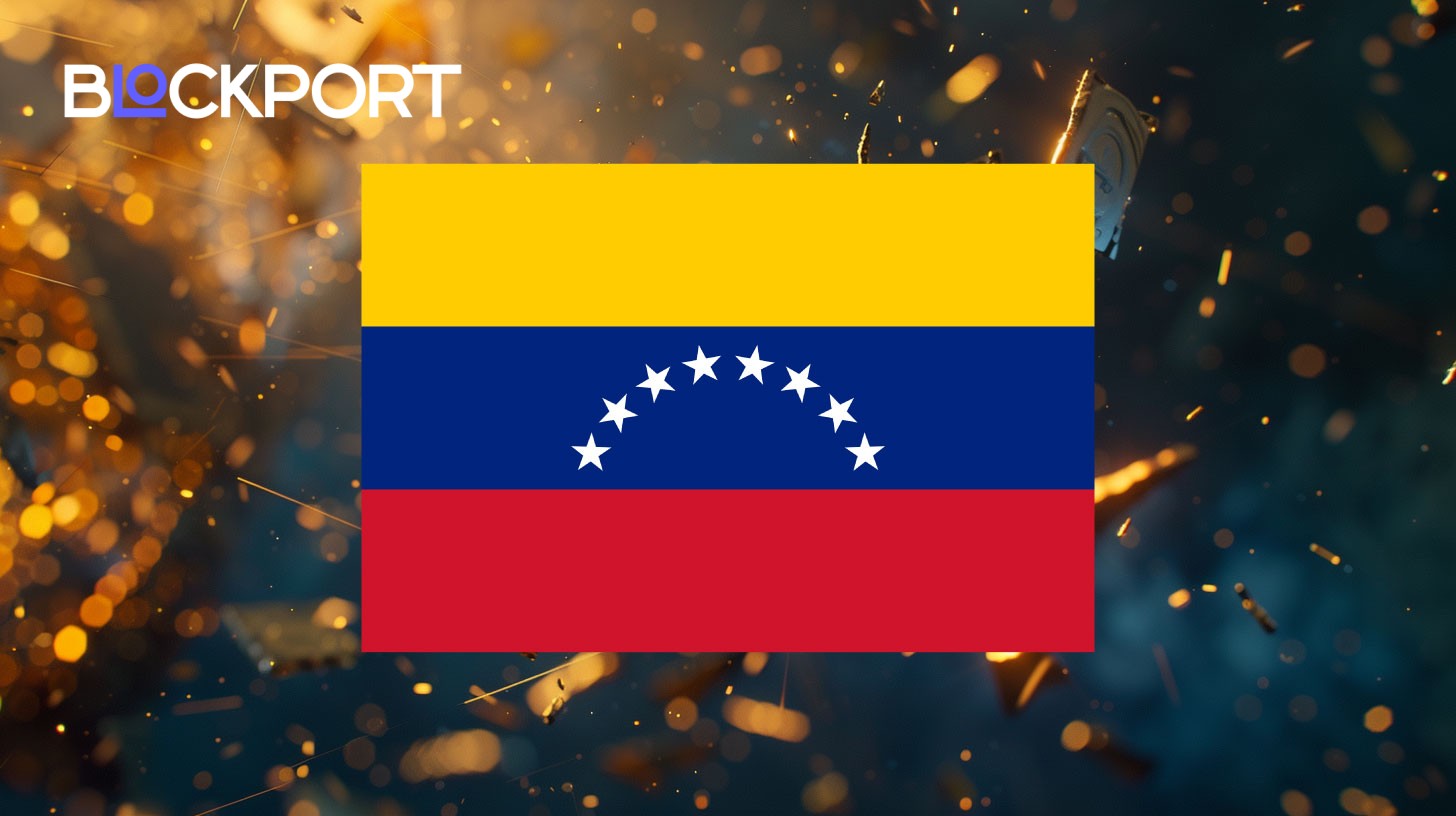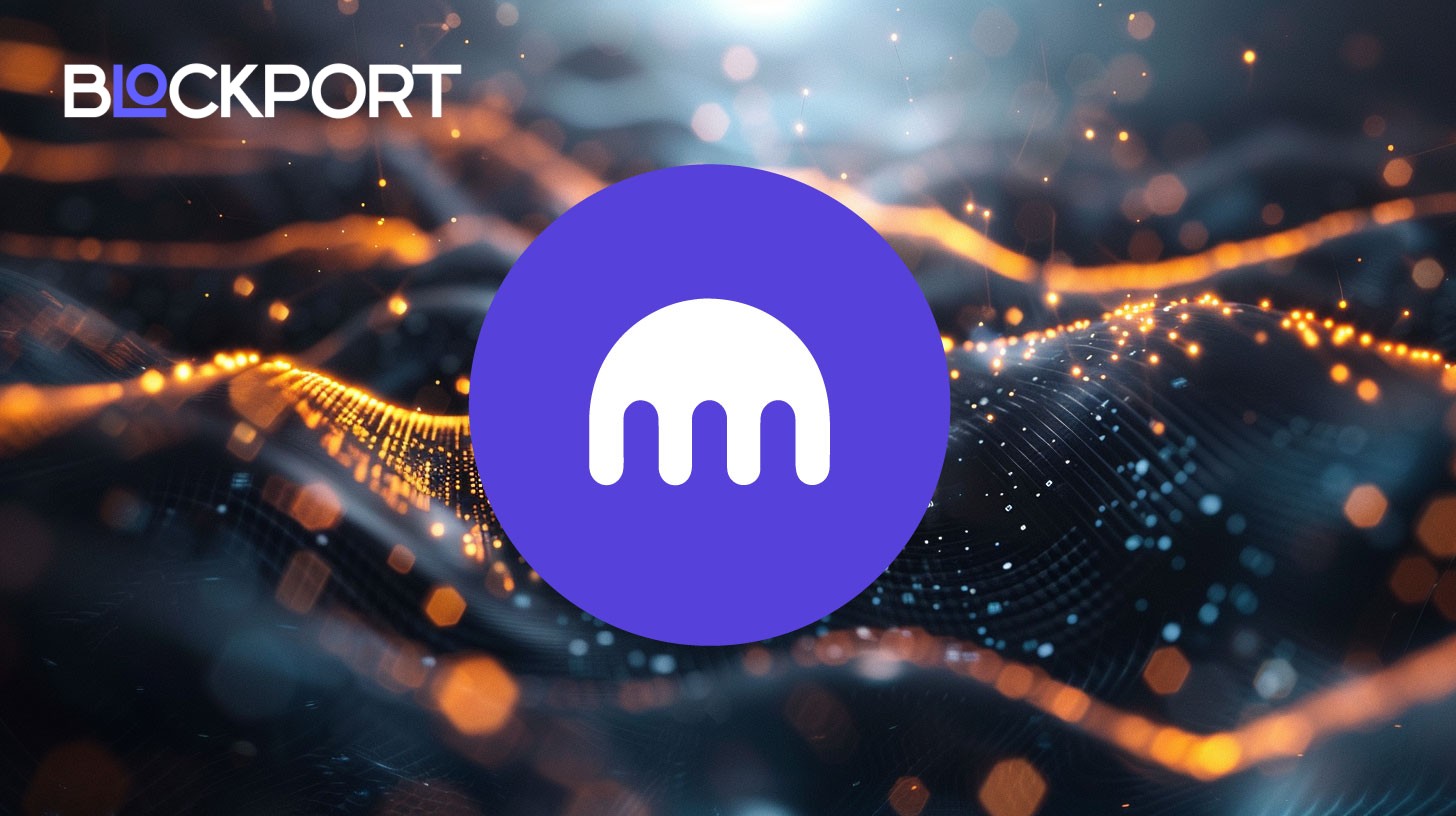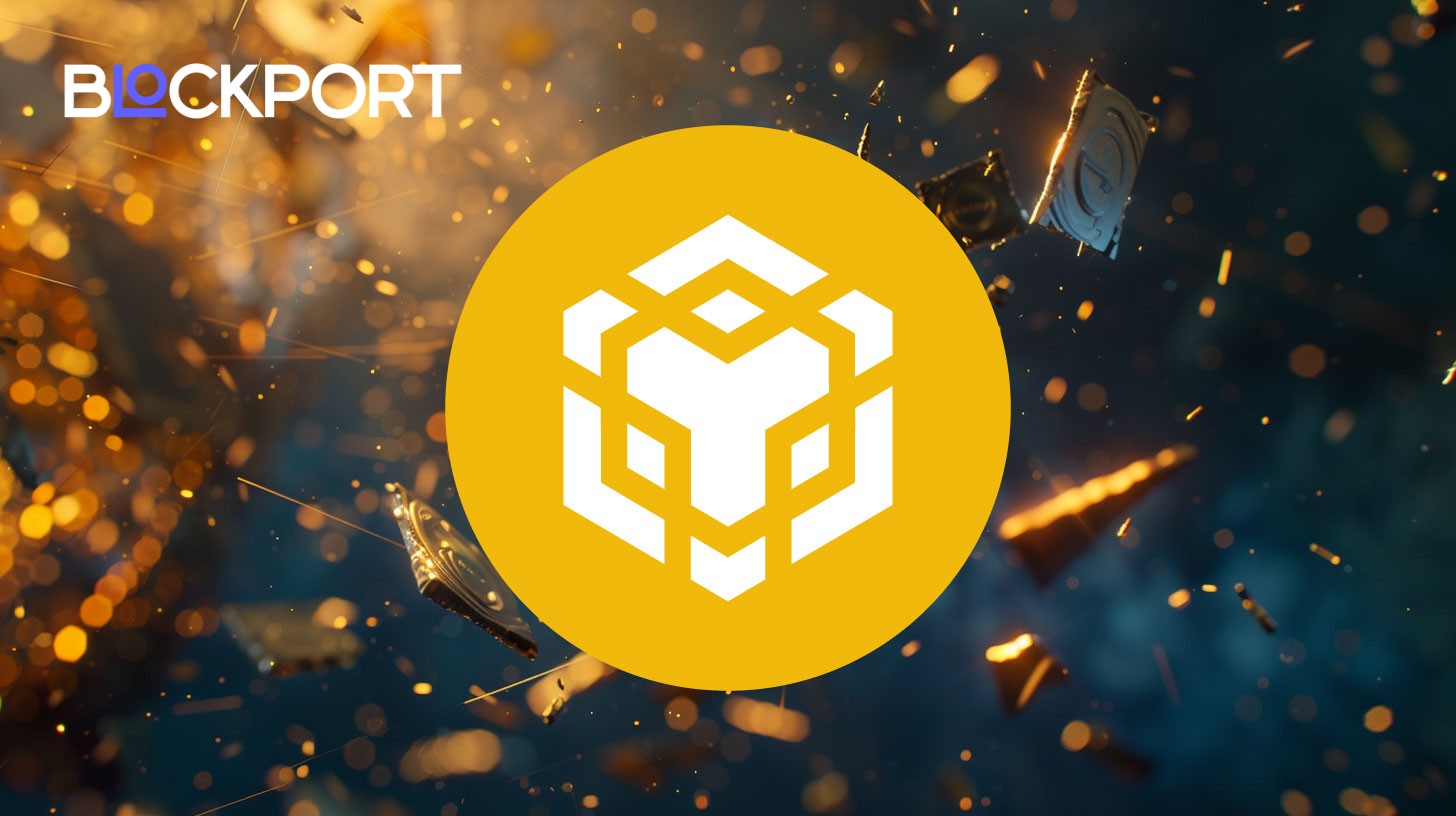A Battle for Bitcoin’s Soul: How a Mining Rig Sparked a Philosophical War

How a post by Jack Dorsey sparked a major debate on mining. Crypto legends clash over Bitcoin’s core philosophy and ethics.
A debate about the future of Bitcoin, seemingly a simple question about network “spam,” has evolved into a major discussion about its fundamental principles. At the center are the ideas of two legendary figures in the crypto community and the upcoming protocol updates.
How a Technical Solution Becomes a Philosophical Debate
A tweet from Jack Dorsey, one of the founders of Twitter and a well-known crypto enthusiast, became the unexpected catalyst for heated debate. Dorsey expressed his admiration for the new Proto Rig mining device, which, according to developers, significantly increases mining efficiency through an immersion cooling system that allows chips to be “overclocked” without overheating. This post drew attention to the topic of mining and the type of data being processed on the network.
Reacting to this technical achievement that makes mining even more profitable was the legendary cypherpunk and one of the creators of the Hashcash algorithm, Adam Back. Back believes such efficient equipment worsens the NFT and BRC-20 token problem. Back believes that such data is an unacceptable “spam” that takes up space in blocks, increases fees for ordinary users who just want to make a financial transaction, and contradicts the network’s original purpose as a system for electronic money transfers. Back proposes solving this problem at the protocol level, by introducing changes to the code that would prevent this data from being written to the blockchain.
It was his post on X (formerly Twitter), where he expressed his opinion, that became the catalyst for the expert discussion:
Samson Mow, CEO of Jan3 and a well-known Bitcoin advocate, responded to this statement. He disagrees that the problem is technical and proposes to solve it at an economic level instead of a code level. His idea is not a complete ban, but rather economic pressure on large mining companies. Mow believes that miners using specialized ASIC hardware too easily profit from a large volume of transactions, and that’s precisely why large companies are eager to process BRC-20 spam, as it’s not as profitable for individual miners. He proposed introducing a “tax” or surcharge on ASIC miners at the production stage.
The idea is to make mining with this equipment less profitable by adding a percentage to the cost of the devices that, in his opinion, would make mining BRC-20 tokens less attractive for large pools. Mow did not name exact figures but spoke of a percentage that could reduce profitability to a minimum, forcing miners to be more selective with transactions.
Contradictions and Risks of Proposed Changes
The ideas of Back and Mow, though aimed at the same goal – “cleaning up” the network – are in ideological conflict. Back’s position is closer to a technical solution: he advocates for code changes that, in his view, would protect the network from misuse. In contrast, Mow’s proposal is an attempt to interfere with the economics of mining, which also raises many questions about the feasibility of such an approach.
Critics of Mow argue that such economic regulation contradicts the principles of Bitcoin’s decentralization. Who would establish and control this “tax”? This could lead to a centralization of power over hardware production and, consequently, over the entire network.
Key risks of Samson Mow’s proposal:
- A reduction in hashrate. If mining with ASIC rigs becomes unprofitable, the network’s overall computing power (hashrate) could fall. This would make the network less secure against attacks.
- An increase in energy consumption. ASIC miners are the most energy-efficient because they are created exclusively for the SHA-256 algorithm that Bitcoin uses. In contrast, general-purpose processors (CPUs) and graphics cards (GPUs) perform many other tasks and consume significantly more energy for the same calculations. If ASICs are replaced by less efficient CPUs/GPUs, it would require much more electricity to maintain the current hashrate, which would sharply increase Bitcoin’s carbon footprint.
- A violation of the principle of neutrality. Bitcoin was conceived as an absolutely neutral, unbiased protocol. This means that it should treat all transactions equally, without evaluating their content, but only checking their technical validity (correct signature, no double-spending, etc.). This philosophy of neutrality is one of the pillars of Bitcoin’s concept of censorship resistance. If miners or developers begin to choose which transactions are “good” and which are “bad,” it would undermine confidence in the network as a reliable, immutable ledger. Therefore, any attempt to regulate which data is permissible and which is not, contradicts its core philosophy.
Why Bitcoin Core Updates Sparked This Ideological War
This timing isn’t coincidental. The debate unfolds against upcoming updates to the Bitcoin Core software – the primary implementation of the protocol. Developers are constantly working to improve the network’s performance, reliability, and security. Upcoming versions, such as Bitcoin Core 27.0 and 30.0, are aimed at optimizing the code, improving memory usage, and speeding up block verification.
Why have these purely technical updates become a catalyst for ideological disputes? The reason is that any changes to the protocol’s code could become a tool for implementing “solutions” to combat “spam.” For example, it would theoretically be possible to introduce code changes that would prevent certain types of data from being written to the blockchain.
This is why the debate about “spam” is connected to Bitcoin Core: and can be seen as a struggle for Bitcoin’s philosophy.
One part of the community believes that any data for which a fee has been paid has the right to be in the blockchain. The other believes that the network must maintain its original purpose, even if it requires certain restrictions. This controversy proves that Bitcoin remains a living social experiment where technical decisions carry deep ideological weight.
Content on BlockPort is provided for informational purposes only and does not constitute financial guidance.
We strive to ensure the accuracy and relevance of the information we share, but we do not guarantee that all content is complete, error-free, or up to date. BlockPort disclaims any liability for losses, mistakes, or actions taken based on the material found on this site.
Always conduct your own research before making financial decisions and consider consulting with a licensed advisor.
For further details, please review our Terms of Use, Privacy Policy, and Disclaimer.



























